
Researchers have successfully generated strongly nonclassical light using a modular waveguide device, a waveguide-based light source. By combining a waveguide optical parametric amplifier (OPA) module created for quantum experiments and a specially designed photon detector, researchers produced light in a superposition of coherent states. The achievement represents a crucial step toward creating faster and more [..]
Read More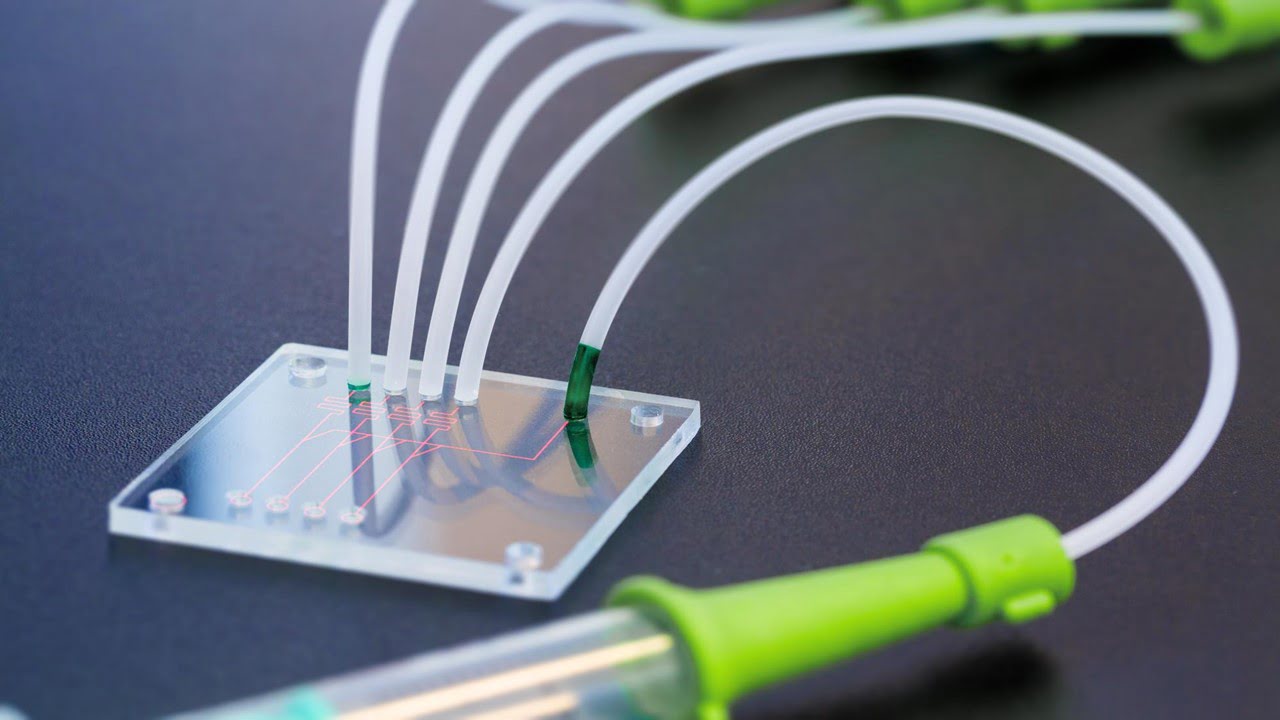
Researchers have developed a new platform for studying human hepatitis C immunity. The method marries microfluidic technology (which allows scientists to precisely manipulate fluid at a microscopic scale) with liver organoids (three-dimensional cell clusters that mimic the biology of real human livers). In the new hepatitis C immunity modeling system, liver organoids grown from adult [..]
Read More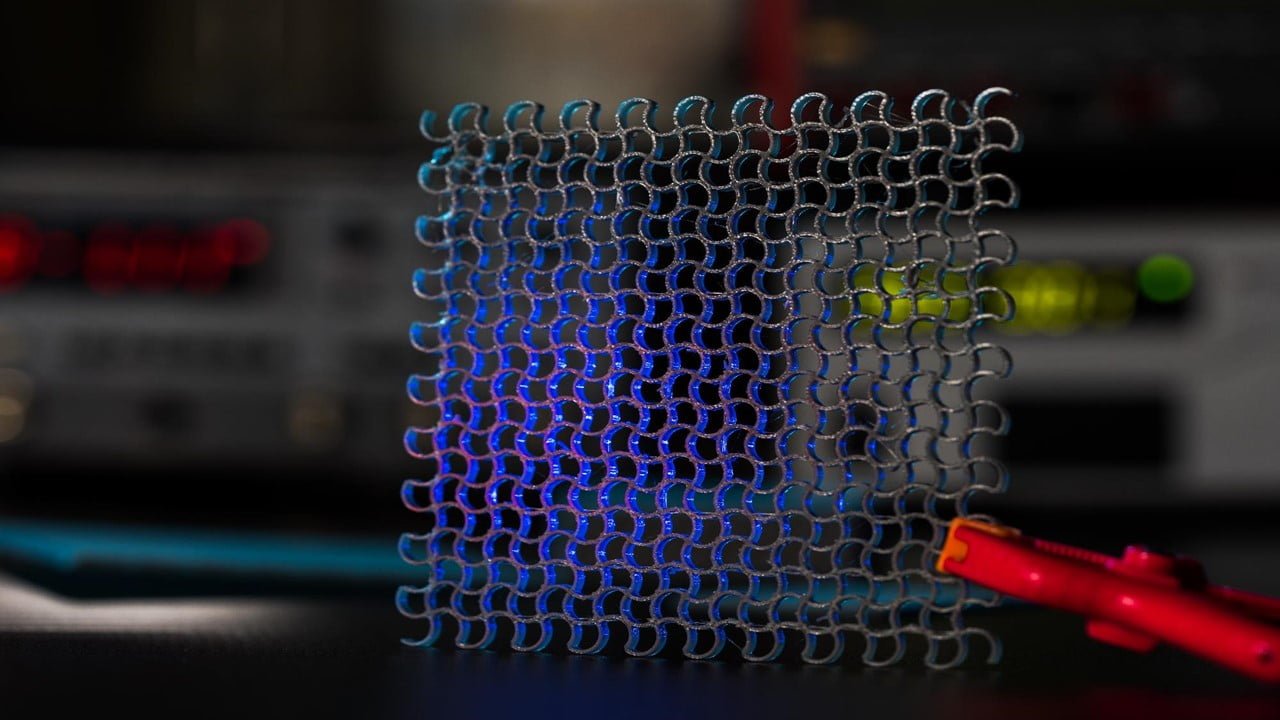
Optoelectronic synapses combine non-volatile memory and photodetection functionalities in the same device. It paves the path for the realization of artificial retina systems which can capture, pre-process, and identify images on the same platform. Researchers have used a graphene/Ta2O5/graphene heterostructure to demonstrate optoelectronic synapses. The graphene interface exhibits synapse characteristics when visible electromagnetic radiation of [..]
Read More
A group of experimental physicists developed a device that behaves like a memristor while acting on quantum states and encoding and transmitting quantum information. The device is a quantum memristor. Creating such a device is difficult because the dynamics of a memristor defy usual quantum behavior. The physicists have overcome the challenge by using single [..]
Read More
The bright-field (BF) optical microscope is a traditional bioimaging tool that has been recently tested for depth discrimination during the evaluation of specimen morphology. However, existing approaches require dedicated instrumentation or extensive computer modeling. Now, researchers have developed a direct method for three-dimensional (3D) imaging in BF microscopy, applicable to label-free samples, where they use [..]
Read More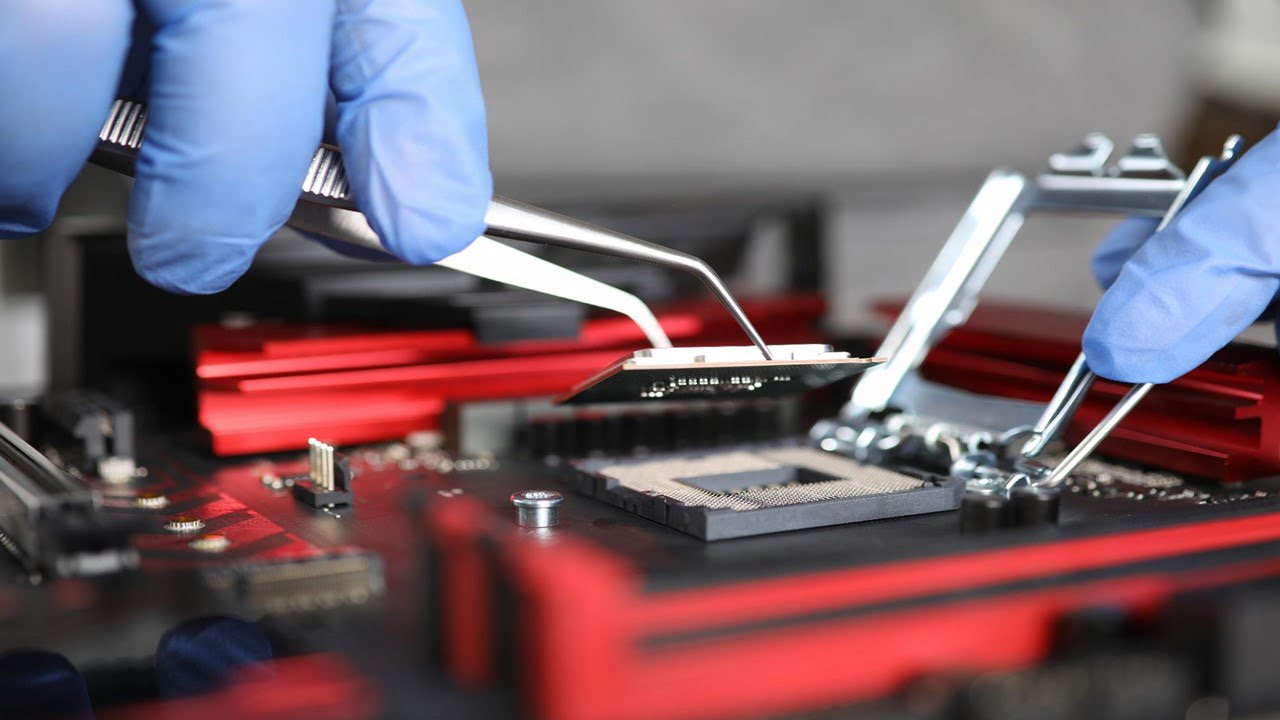
Researchers have calculated the maximum theoretical limit for optoelectronic devices, the point at which the laws of quantum mechanics prevent microchips from becoming any faster. Optoelectronics are the fastest devices globally — systems that use light to control electricity. The new study outlines the limit for optoelectronics by calculating the speed at which the most potent [..]
Read More
A fast-evolving understanding of materials and physical processes is critical to security applications. Febetrons generate X-rays to photograph objects moving at extremely high speeds as part of a detonation and allow the measurement of their position, velocity, shape, and internal density profiles. Powering the Febetrons are capacitor modules. Researchers have developed a new “K-module” device [..]
Read More
Researchers have significantly improved micro-computed tomography, specifically imaging with phase contrast and high brilliance x-ray radiation. They have developed a new micro-structured optical grating and combined it with new analytical algorithms. The new approach makes it possible to depict and analyze the microstructures of samples in greater detail and investigate a broad spectrum of samples. [..]
Read More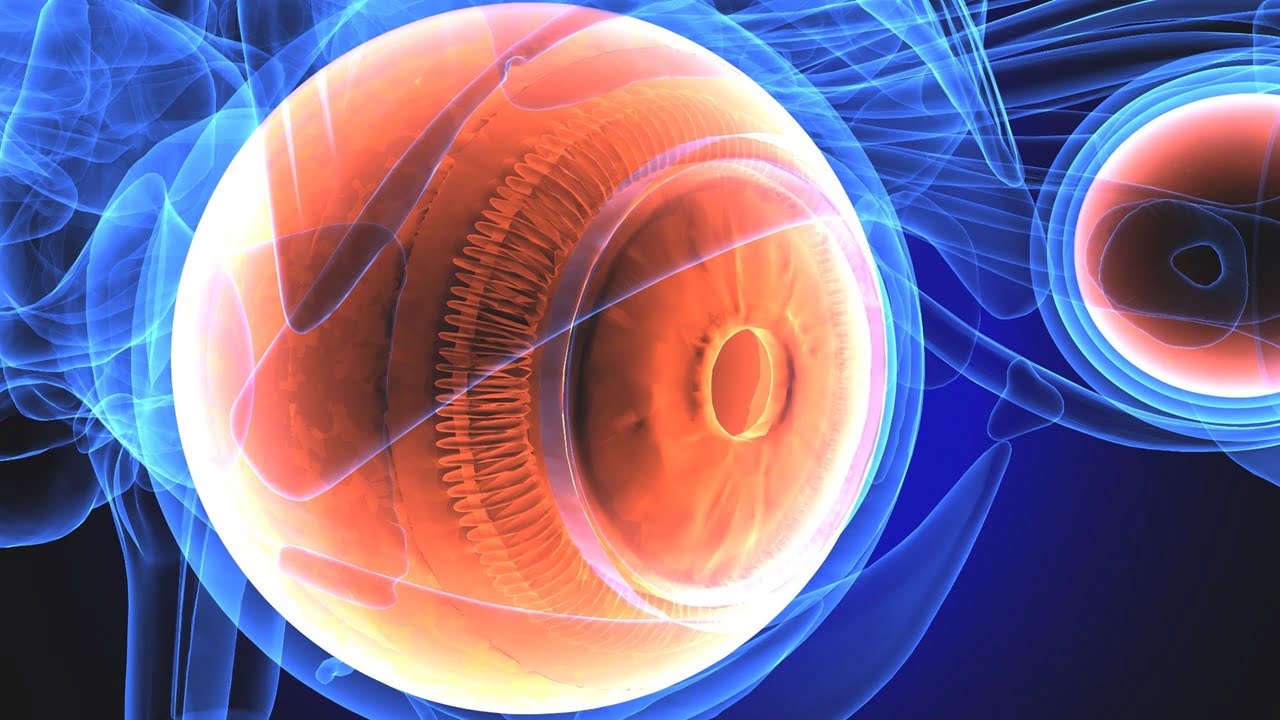
A study on ground squirrels shows, not only do mitochondria produce bioenergy in the cone-shaped photoreceptors in the retina of the eye, they also act as micro-lenses that redirect light to the tapering outer reaches of these cells where light is converted into electrical signals. The finding provides a clearer picture of the evolution and [..]
Read More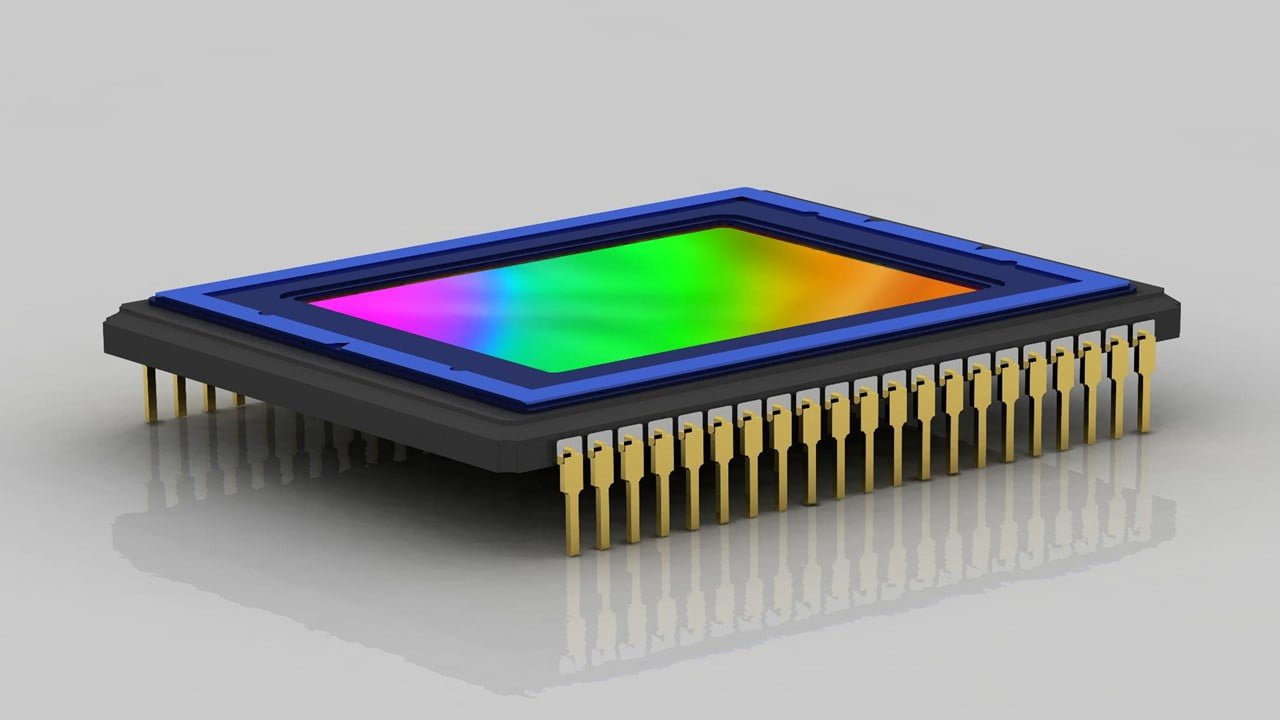
Raman spectroscopy is a powerful analytical technique that has been spotlighted for bacteria detection and diagnosis of diseases ranging from infection to cancer. However, as Raman signals are usually weak and can easily be swamped by interfering background signals, deploying Raman spectroscopy can be very challenging in the clinic. One solution to enhance the signals [..]
Read More
Researchers developed and tested a new blood vessel imaging approach that will allow investigators to capture images of blood vessels at different spatial scales, which will speed up imaging-based research in the lab. The “VascuViz” method, tested in mouse tissues, uses a quick-setting polymer mixture to fill blood vessels and make them visible in multiple [..]
Read More
Nanopositioning systems move and arrange stages and samples with incredible precision at nanometer and sub-nanometer scales (motion control). They can position themselves within tens of nanometers and possibly even single-digit nanometers, making them ideal for applications requiring extremely precise measurement, such as space telescopes and microscopes. And the capabilities of nanopositioning systems go beyond that. [..]
Read More
Tunable focusing is a desirable property in many optical imaging and sensing technologies. Still, it traditionally requires bulky components that cannot be integrated on-chip and have slow actuation speeds. Integration of metasurfaces into electrostatic micro-electromechanical system (MEMS) architectures have recently shown promise in overcoming these challenges but has limited out-of-plane displacement range while requiring high [..]
Read More
The most common type of pancreatic cancer, pancreatic ductal adenocarcinoma (PDAC), has a five-year survival rate of less than 10%. This deadly cancer is difficult to diagnose and treat in part because the tumors are very dense, preventing imaging dyes and medicines from reaching the cancerous cells packed inside. Now, researchers have demonstrated a nanotheranostic [..]
Read More
Contactless fingerprinting enables high scalability by leveraging existing infrastructure, such as smartphones with internet access, that we all have. Adoption and, thus, further development of such technologies only accelerated during the pandemic. A series of advances in fingerprint image acquisition using conducive mobile phone camera systems, image processing techniques resulting in high accuracy matching performance [..]
Read More
Scientists have developed the world’s first advanced laser microscope (laser scanning confocal microscope) that can use Circularly Polarized Light (CPL) to distinguish left and right-handed molecules, also known as chiral enantiomers, within live cells. This significant breakthrough will enable researchers to gain new insights into chiral molecules and analyze previously unexplored areas of biology and [..]
Read More
Researchers developed a gear-shaped photonic crystal microring that strengthens light-matter interactions without compromising optical quality. As a result, an on-chip microresonator with an optical quality factor 50 times higher than the previous record in slow light devices has been developed, which could improve microresonators used in various photonics applications such as sensing and metrology, nonlinear [..]
Read More
A new experimental platform promises to accelerate understanding how infectious bacteria develop antibiotic resistance. The microfluidic application rapidly encapsulates bacteria with varying antibiotic concentrations to study how they evolve to become resistant. Using microfluidics to encapsulate cells is not novel; numerous lab-on-a-chip devices are already available. The researchers have used it to discover biomarkers for [..]
Read More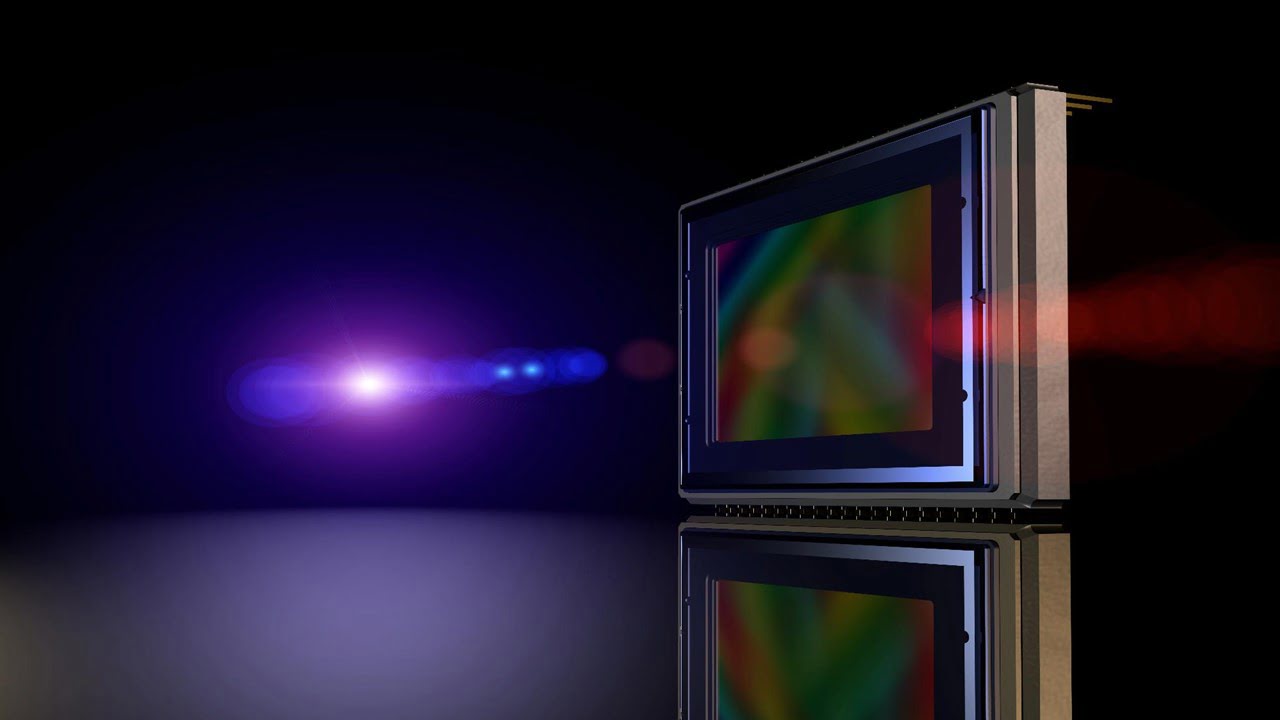
The skin-like electrical stretchable sensor has been widely employed for wearable human healthcare monitoring but is limited by electromagnetic interferences, poor waterproof performance, and point-type measurement. Now, researchers have developed a skin-like optical fiber (SSOF) stretchable sensor with excellent stretchability (up to 100%), flexibility, and excellent compliance with skin is reported. A hybrid coding based [..]
Read More
A new optical fiber imaging technique could transform imaging for industrial inspection and environmental monitoring applications. It allows 3D imaging at video rates through a fiber the width of a human hair. In the longer term, with development, the technique can work for applications in medical imaging. Typically, when light shines through a single optical [..]
Read More